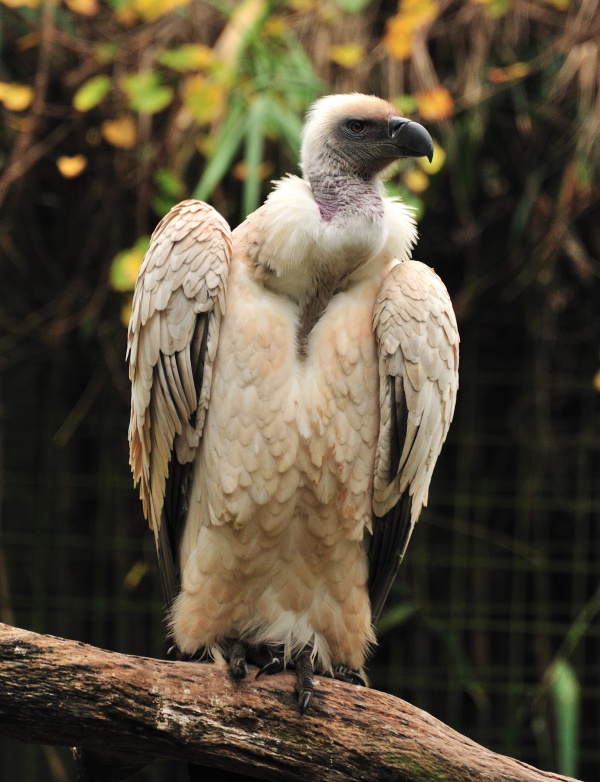Facts About Cape vulture
The Cape vulture, also known as the Cape griffon or Kolbe's vulture, is a remarkable bird native to southern Africa. These formidable creatures can be observed in South Africa, Lesotho, Botswana, and parts of Namibia. Preferring to nest on cliffs, they typically lay a single egg each year. Regrettably, they have been classified as Endangered since 2015, with their population declining due to various threats.
Cape vultures are visually striking. Adults exhibit a creamy-buff plumage with contrasting dark flight and tail feathers, and their eyes possess a distinctive yellowish tint. Juvenile vultures are darker and more heavily streaked. On average, an adult Cape vulture measures approximately 96–115 cm in length, with a wingspan ranging from 2.26–2.6 meters, and weighs between 7–11 kg. They also feature unique bare skin patches at the base of their necks, potentially aiding in temperature regulation.
Cape vultures thrive in mountainous regions where they can roost and breed on cliff faces. Besides South Africa, they have also been recorded in Angola, Mozambique, and Zimbabwe. Unfortunately, these birds are facing numerous threats. The reduction in available carrion, poisoning from livestock treatments like Diclofenac, electrocution from power lines, habitat loss, and unsustainable harvesting practices are all contributing to their decline.
A particularly tragic incident occurred in 2019 when over 500 vulture carcasses, including Cape vultures, were discovered in Botswana. These birds were likely poisoned after consuming elephant carcasses left by poachers. Vultures play a crucial role in ecosystems by scavenging carcasses, thereby preventing the spread of disease. They also contribute significantly to anti-poaching efforts, which underscores the importance of their conservation.

 Botswana
Botswana